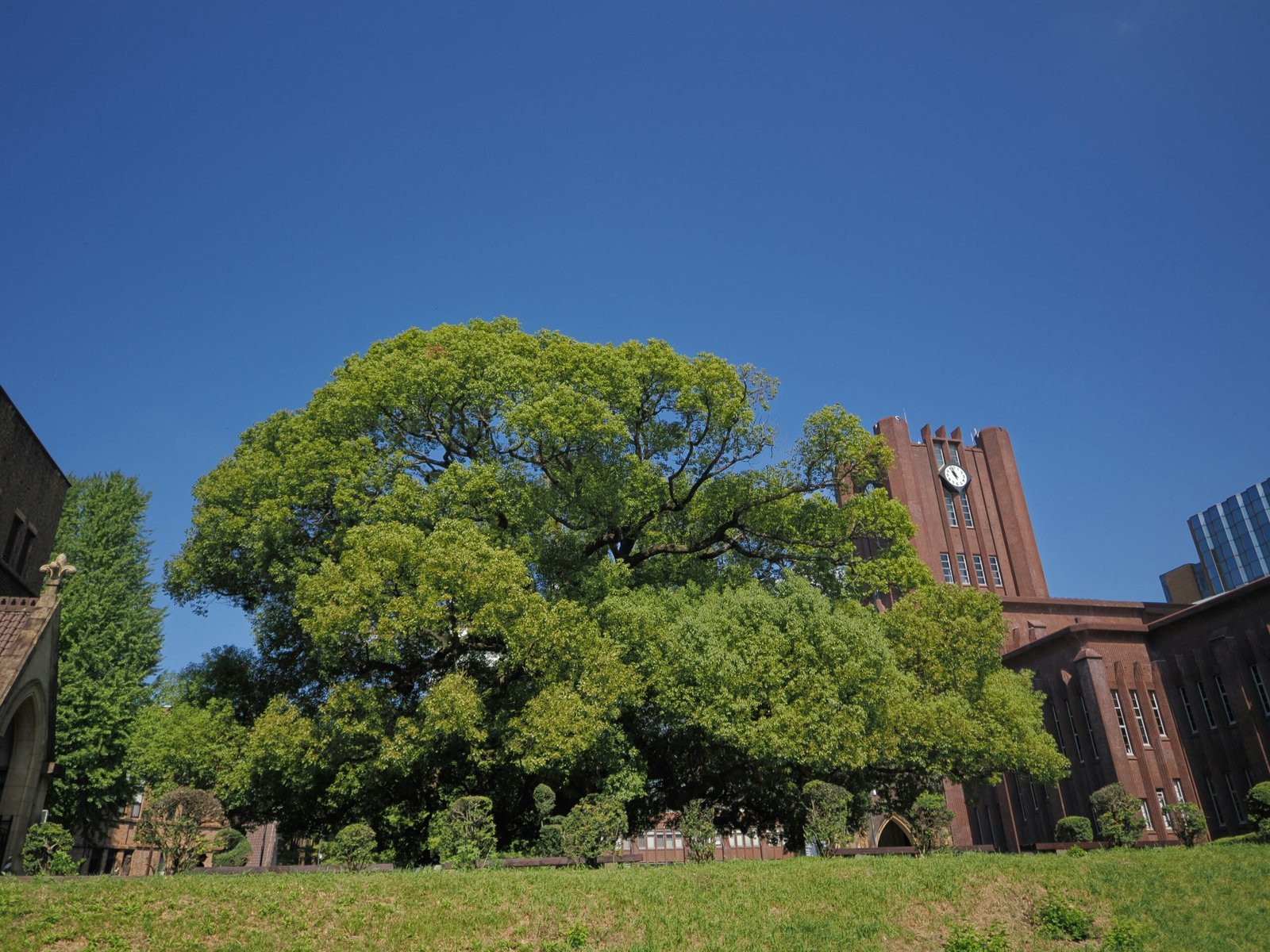Guide to Pursuing a Master’s Degree in Japan

There are several common pathways for international students to pursue a master’s degree (referred to as “shūshi” in Japanese) in Japan:
① University Graduate → Japanese Language School → Apply for Master’s Program Directly
This is one of the most common routes. Students first enroll in a Japanese language school for 1 to 1.5 years (those with strong abilities can graduate earlier). During this time, students focus on intensive Japanese learning, get accustomed to Japanese society, and prepare for graduate school entrance exams.
This path is especially suitable for students with limited Japanese proficiency.
② University Graduate → Apply for Research Student Program → Take Entrance Exam for Master’s Program
This route involves the following steps:
Research potential universities and programs
Work with a study abroad agency to select a suitable professor
Decide on a research topic and prepare a research proposal
Contact the professor via email and wait for a response
Obtain a “naitei” (informal acceptance) from the professor
Apply to the university and receive an offer of admission
Prepare for visa-related documents such as the Certificate of Eligibility
This option is suitable for students who already have an intermediate to advanced level of Japanese by the time they apply.
③ University Graduate → Directly Take Entrance Exam for Master’s Program
Students obtain a short-term visa and go to Japan to take the entrance exam directly.
This saves time but is considered less secure, as it requires students to have a high level of academic and language competence, and a good grasp of the exam content.
④ University Graduate → SGU (Super Global University) – English-Taught Programs
Some Japanese universities (especially top-tier institutions) offer English-taught master’s programs under the SGU initiative.
Applications are submitted online, and students are required to provide English language proficiency scores. All classes are conducted in English.
This route is ideal for students with strong English skills and excellent academic backgrounds.
Popular Options:
Among these, enrolling in a language school, applying as a research student, and SGU English programs are the most popular pathways.
About Japanese Language Schools
Japanese language schools are established to teach non-native speakers Japanese. These schools do not grant academic degrees. Students attend language schools to improve their Japanese and prepare for admission to vocational schools, universities, graduate schools, or for job-seeking.
Most language schools in Japan start their academic terms in January, April, July, and October, and the application period usually begins 9–10 months in advance.




